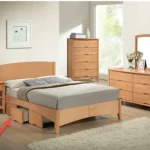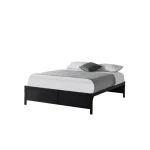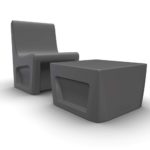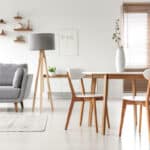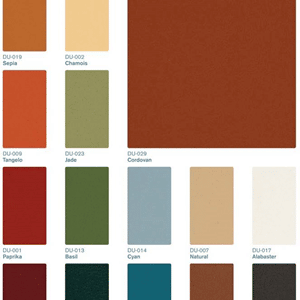Making Your FURNITURE LAST LONGER.
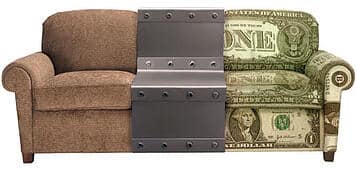
Gauging how long your furniture furniture Lifespan will last.
Let’s face it, buying furniture is like buying new tires. Sure, it’s nice but not quite the satisfaction of booking a vacation or buying a new television – although often it is just as expensive. Ultimately, we all share the same goal of purchasing durable furniture that will maintain its nice appearance regardless of use. Even though furniture replacement is inevitable, delaying the cash expenditure is no doubt what most people desire.
Assessing Lifespan in Therapeutic Environments
So, how do you assess how long to expect your furniture to last?
In most therapeutic or group living environments, facility managers plan on a 3 or 5 year buying cycle. The tougher the environment, the shorter the buying cycle. There are, however, a number of ways to expand the cycle:
- Choose durable fabrics that can stand the test of time. It is easy to get distracted by the plethora of colors, styles and patterns of upholstery fabrics. Unless you are furnishing a common area that is design-heavy with light use, look to Vinyls
- or fabrics treated with fluid and stain-resistant finishes. Ask your salesperson or design expert about the number of Double Rubs the fabric you are interested has been tested to. Double Rubs are an industry standard that measures how much wear a fabric can take before the fibers starts to break down causing wear or damage.
- Choose solid wood construction with dove-tailed joints and screwed and glued construction for both seating and case (non-seating) goods. Many less durable, lower quality furnishings are made of light wood composites and assembled using staples and / or glue. Although the look and price point may seem appealing, these types of pieces tend to need disposing in a year or less depending on use.
- Choose pieces with replaceable parts. Many contract furniture providers offer seating and case (non-seating) goods in which the most vulnerable parts can be changed by care or maintenance staff. For example, drawer fronts or dresser tops may be easily unscrewed and replaced to remedy surface damages. Crate style seating pieces have frames that often last from 5 – 15 years in heavy use environments and have cushions that can inexpensively be changed to keep up with changing color schemes or to freshen the look of tired upholstery.
- When body fluids are a concern (especially incontinence) seating pieces can be made with special features like fluid-proof decking and pop-out seats that can manage fluid issues without ruining the upholstery or foam cushion interior.
In any case, it is best to work with a professional salesperson or design expert to make recommendations of ways to stretch your furnishing budget.
Conclusion
By implementing these strategies, facilities can extend the lifespan of their furniture, reducing the frequency of replacements and optimizing budget utilization. Prioritizing durability and functionality ensures that furniture maintains its appearance and functionality over time, supporting the needs of patients and residents in therapeutic environments. With proper care and selection of durable materials, furniture can serve its purpose effectively for an extended lifespan, contributing to a cost-effective and sustainable approach to facility management.
Topics: Fabric/Upholstered Furniture for Contract, Contract Furniture & Fabric: Making it Last



